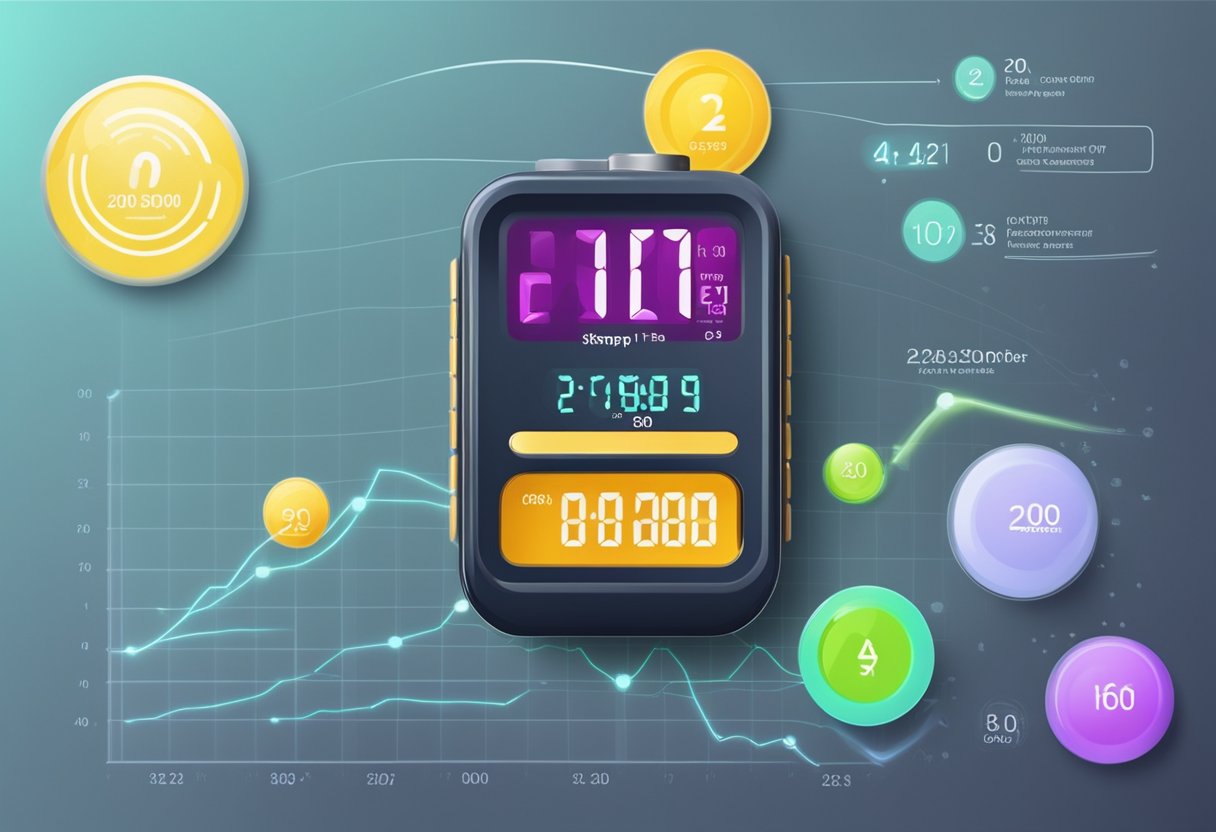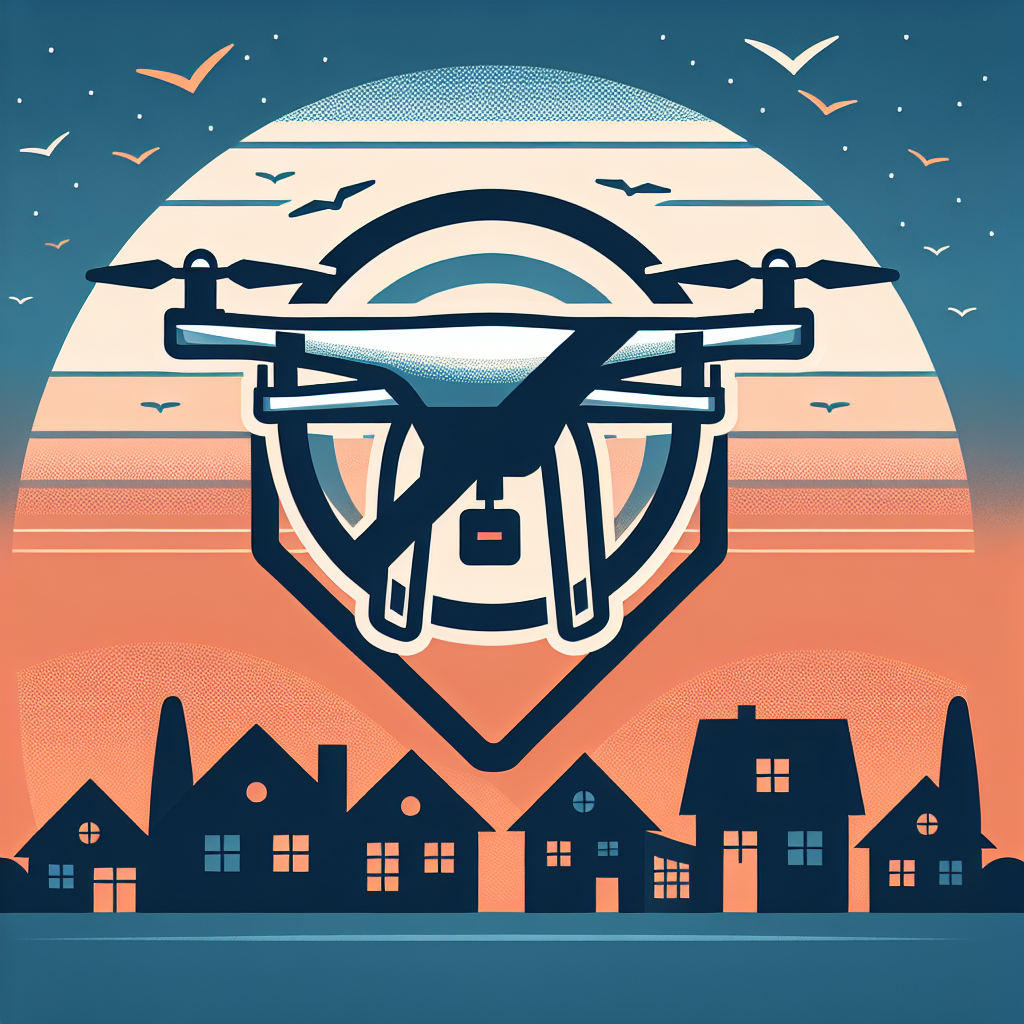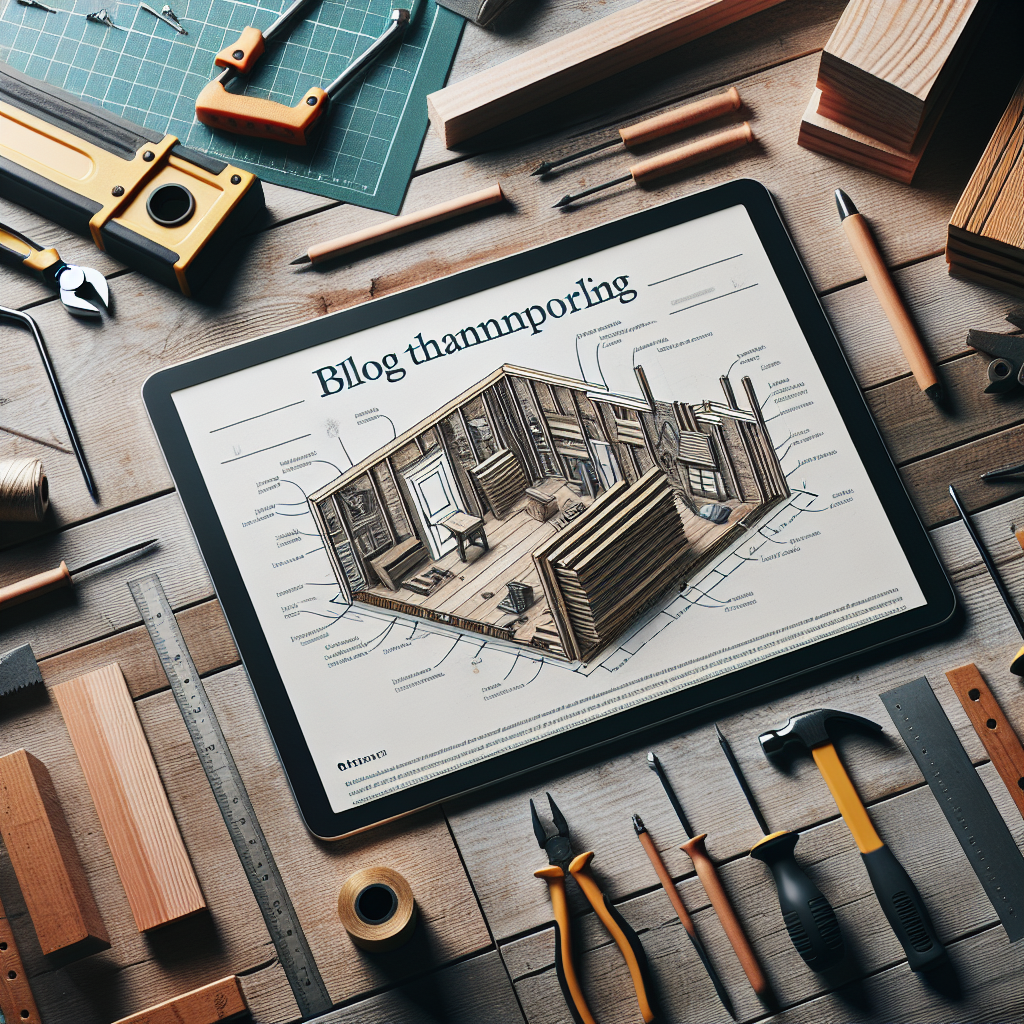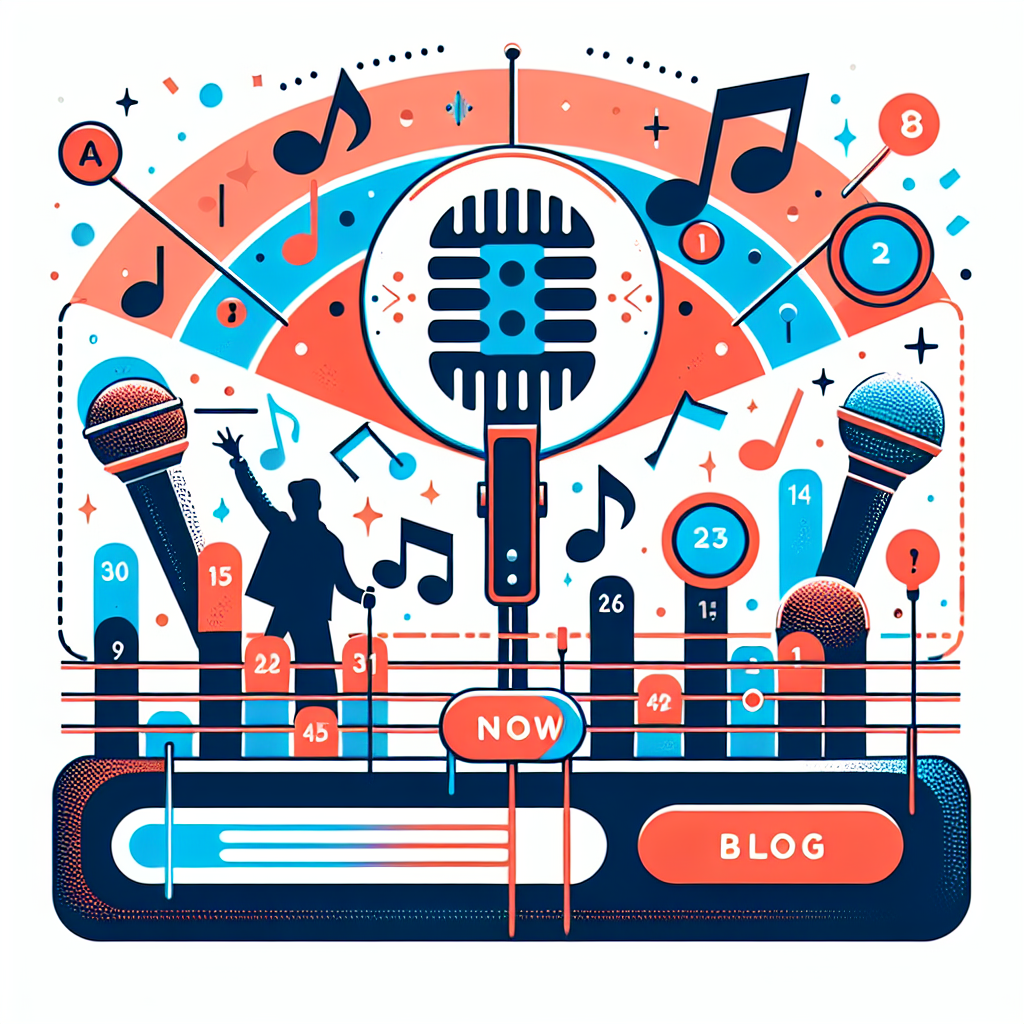Managing Low Blood Pressure: What to Do When the Numbers Dip
Low blood pressure, or hypotenstion, can lead to various uncomfortable symptoms. Here’s a focused guide on effective strategies for managing low blood pressure and alleviating its effects.

Understanding Low Blood Pressure
Niedriger Blutdruck, or low blood pressure, can be a common issue that doesn’t always warrant concern. However, if you're experiencing symptoms such as dizziness, fatigue, or fainting, it’s essential to understand what actions you can take. This guide will help you grasp various strategies for managing low blood pressure effectively.
Recognizing Symptoms of Low Blood Pressure
- Dizziness or lightheadedness, especially upon standing
- Fainting or feeling faint
- Blurry vision
- Nausea
- Fatigue
If you frequently experience these symptoms, it may be time to address the issue of low blood pressure proactively.
What to Do About Low Blood Pressure: Immediate Actions
If you encounter symptoms of low blood pressure, here are some immediate actions you can take:
- Lie Down: If you're feeling faint, lying down with your legs elevated can help improve blood flow to the brain.
- Stay Hydrated: Drink water or electrolyte solutions. Dehydration can worsen low blood pressure.
- Eat Small, Frequent Meals: Large meals can draw blood to the digestive tract, lowering blood pressure further. Opt for smaller, more frequent meals instead.
Dietary Adjustments to Combat Low Blood Pressure
Certain foods can help stabilize blood pressure levels. Here’s what to consider:
- Salt Intake: Increase your salt intake slightly, as sodium can help raise blood pressure. Always consult a doctor before making significant changes.
- Balanced Diet: Ensure you’re consuming adequate protein, healthy fats, and complex carbohydrates—particularly from whole grains, fruits, and vegetables.
- Caffeine: Moderate caffeine intake from sources like coffee or tea can provide a temporary boost in blood pressure.
Hydration and Its Importance
Staying properly hydrated is crucial for everyone, especially those with low blood pressure. Dehydration can lead to lower blood volume, exacerbating symptoms.
- Drink Water Regularly: Aim for at least 8 glasses a day, and increase that amount if you are active or it’s hot outside.
- Consider Electrolyte Solutions: Sports drinks or oral rehydration solutions can help replenish fluids and maintain blood pressure levels.
- Avoid Alcohol: Alcohol can lead to dehydration and further lower blood pressure.
Behavioral Adjustments for Managing Symptoms
Implementing behavioral strategies can significantly mitigate symptoms of low blood pressure:
- Slow Transitions: When moving from sitting or lying down to standing, do it slowly to prevent dizziness.
- Wear Compression Stockings: Compression stockings can help improve circulation in your legs, reducing time spent feeling lightheaded.
- Avoid Long Periods of Standing: If you must stand for long periods, shift your weight from one foot to the other to promote circulation.
Consulting with Healthcare Professionals
If self-management doesn’t alleviate your condition, consider seeking professional help. A healthcare provider can assess your situation and potentially recommend:
- Medication Review: Certain medications may contribute to low blood pressure; your doctor can adjust dosages or suggest alternatives.
- Diagnostic Testing: To rule out other underlying conditions such as adrenal insufficiency or heart problems.
- Specialized Treatment Plans: Depending on your overall health and reasons for low blood pressure, tailored treatments or lifestyle recommendations may be created.
When to Seek Medical Attention
If you experience severe symptoms such as fainting, severe dizziness, or confusion, seek medical attention immediately. Do not ignore these signs, as they could lead to more serious health issues.
Conclusion
Low blood pressure can be manageable with the right techniques. By staying hydrated, adjusting dietary habits, adopting preventive measures, and consulting with healthcare providers when necessary, you can effectively manage low blood pressure and its symptoms. Always listen to your body and prioritize your health.
New posts

Understanding Normal Pulse Rates: What Is a Normal Pulse?
Fitness

Understanding Ruhepuls 60: A Guide to Optimal Heart Rate
Fitness

Understanding Ruhepuls 45: The Ideal Resting Heart Rate for Your Health
Fitness

Understanding Normal Pulse Pressure: What You Need to Know
Lifestyle

Low Blood Pressure and Trembling: Understanding the Connection
Wellness

Understanding Low Blood Pressure at Night: Causes, Symptoms, and Management
Wellness

Understanding Pulsdruck: Key Insights into Your Blood Pressure Dynamics
Wellness

Understanding Why You Might Experience Niedriger Blutdruck
Lifestyle

Navigating Low Blood Pressure and High Pulse: Key Insights
Wellness

Understanding Ruhepuls 40: What It Means for Your Health
Fitness
Popular posts

Understanding Low Blood Pressure and Tiredness: Insights and Solutions
Lifestyle

Understanding Low Blood Pressure with High Pulse Rate
Wellness

Understanding Normal Blood Pressure: A Deep Dive
Wellness

Effective Strategies for Managing Heart Palpitations: What to Do When Experiencing Herzrasen
Lifestyle

Recognizing the Symptoms of High Blood Pressure
Wellness

What to Do When You Have a High Heart Rate
Lifestyle

Understanding Low Blood Pressure: What Does the Lower Value Mean?
Wellness

Understanding Blood Pressure: What Does 110 Over 70 Mean?
Lifestyle

Understanding High Pulse and Low Blood Pressure: Causes and Solutions
Management

Effective Remedies for Low Blood Pressure
Lifestyle